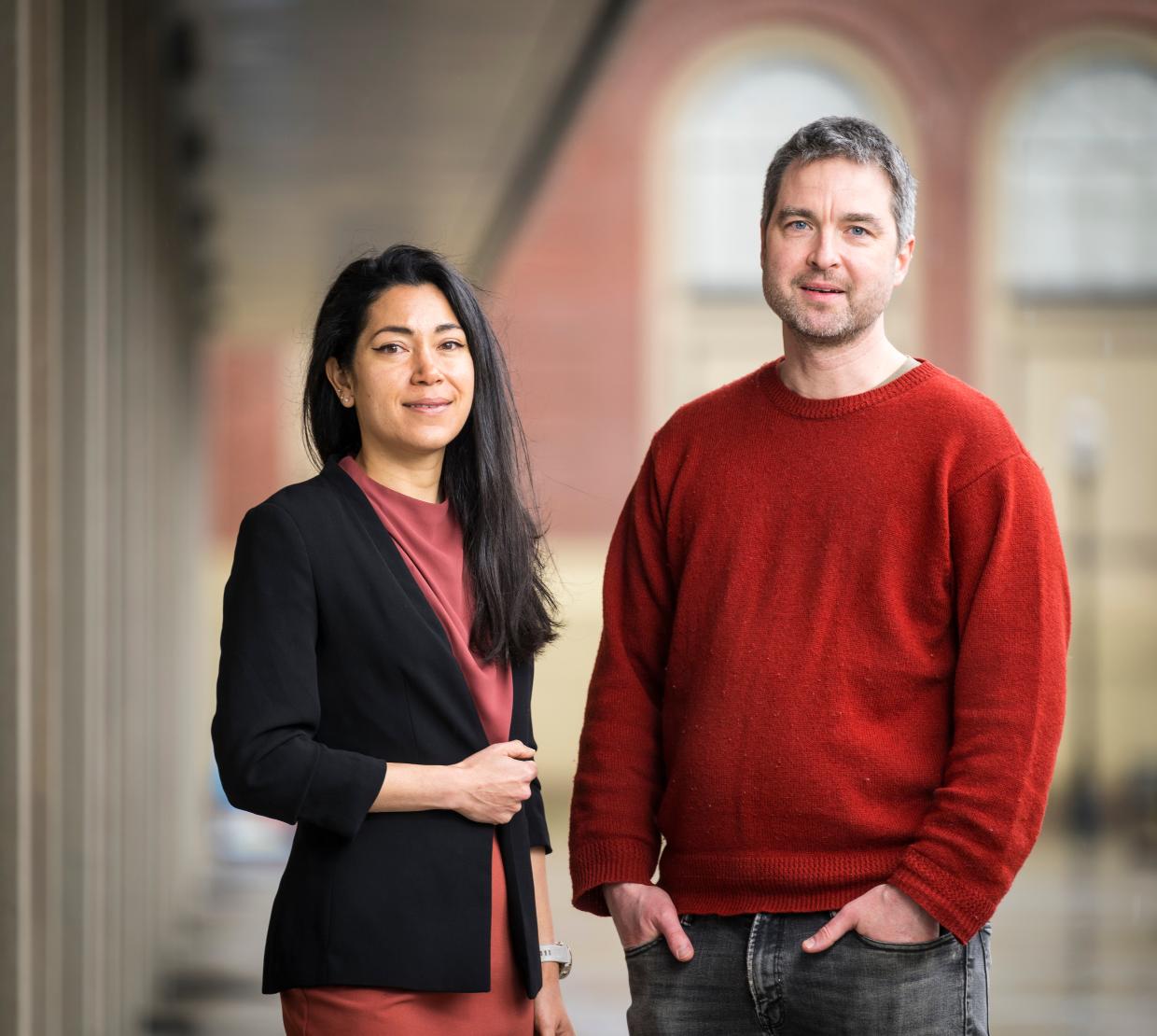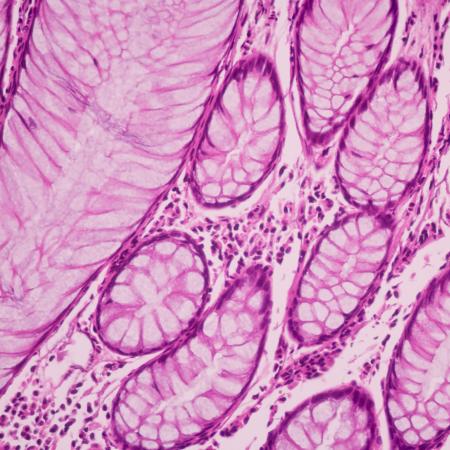This article originally appeared in the Oregon State University Stater Spring 2024 magazine. Read the full spread highlighting lessons from the pandemic across Oregon State, starting on page 42.
Cities are like organisms — they need immune systems.
Viruses can reproduce rapidly, taking over cells and turning them into viral factories within hours. Individuals' immune systems need to rise to the challenge, but what happens when they can't, and a whole population gets sick?
As the early days of the pandemic demonstrated, cities can struggle to stop the momentum of a spreading disease. Armed with community input and lessons learned over the past four years, a multidisciplinary team of researchers at Oregon State University is designing city-scale feedback loops to act as a kind of immune system for a population as a whole.
"We believe future cities will give people access to real-time local data on infection risk," said ecologist Benjamin Dalziel, project leader. "You'll be able to use that information in your daily life, like how you use a weather report. The more people do that, the slower the spread will be."
The team is supported by $1 million from the National Science Foundation through its Predictive Intelligence for Pandemic Prevention Program (PIPP).
The project began in 2022 with a series of workshops in cities across Oregon. "One key that communities stressed was the importance of sharing timely data between different groups and organizations — much like how different systems in the body communicate to mount an immune response," said team member Katherine McLaughlin, an applied statistician.
The researchers aim to establish a center at OSU that combines mathematical and computational modeling with engineering, public health and public engagement. The Center for Pandemic-Resilient Cities (CPARC; pronounced like "spark") will prototype city-scale feedback loops that link environmental monitoring with epidemic forecasting and communication, so responders won't have to play catchup after an outbreak begins.
Led by the College of Science, the effort capitalizes on OSU's strong tradition of multidisciplinary work and includes six university colleges. In the College of Engineering, Tyler Radniecki and Christine Kelly are developing innovations in wastewater sensing, a low-cost method of monitoring that involves testing sewage samples for disease.
Teams from the College of Health and OSU Extension and Engagement are working to ensure that the science incorporates the characteristics of different communities. For example, responders in cities with a lot of tourism need to know whether infection is spreading locally, such as within schools, or is arriving from other cities, as responses will be different in each case.
Faculty from the College of Liberal Arts (Daniel Faltesek) are researching how to use interactive media to communicate infectious disease forecasts to people in the city, to close the loop between prediction and prevention.
"Human systems, like cities, can be very good at making things 'go viral,'" said project leader Dalziel. "Using mathematics, engineering and community engagement, we can develop systems that make helpful responses go viral, too."




